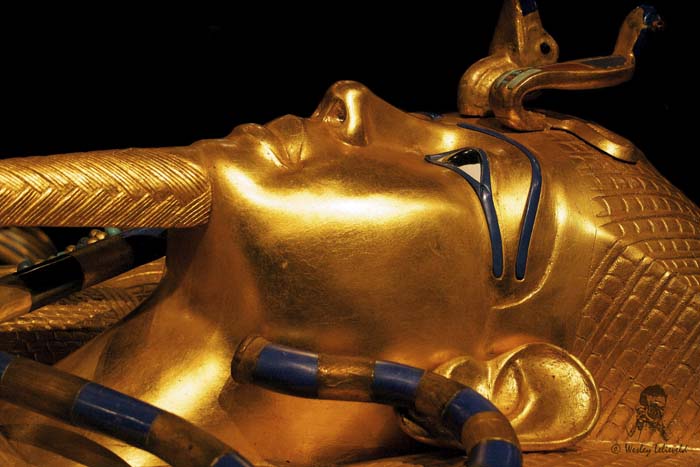Trade Routes: Kashgar, an Oasis Along the Silk Road
Following up on Trade Routes: Trade in Byzantine Constantinople, this week we’ll discuss trade in Kashgar, a central trading point along the Silk Road.
---
The Silk Road was a network of Eurasian trade routes active from the second century B.C. until the mid-15th century. It was one of the most important arteries of trade and culture in world history, connecting the East and the West.
It derives its name from the lucrative trade in silk carried out along its length, and the caravans which traveled along it, transporting spices, gold and gemstones between Constantinople and Changan.
The northern route traveled northwest through the Chinese province of Gansu from Shaanxi Province and split into three further routes, two of them following the mountain ranges to the north and south of the Taklamakan Desert to rejoin at Kashgar, and the other going north of the Tian Shan mountains through Turpan, Talgar, and Almaty.
Located in the westernmost part of China, Kashgar borders Afghanistan, Kyrgyzstan, Tajikistan and Pakistan. It was one of the famous 36 Kingdoms of Western Regions as introduced by Ban Gu, a historian of the Eastern Han Dynasty, in the Book of Han.
For over 2,000 years, Kashgar was a strategically important oasis on the Silk Road between China, the Middle East, and Europe.
Goods from various areas were exchanged there and sent in both directions along the trade route. Goods traveling westward went by yak rather than camel. The Western Silk Road ended in the Mediterranean ports.
Overland routes led from the Mediterranean through Syria to Mespotamia, ancient Iran, and Margiana (Merv) in western Central Asia. Routes from Margiana reached Bactria in the Oxus valley, or branched northwards to Sogdia and continued through the Ferghana valley and across the Alai range to Kashgar. Capillary routes through the Karakoram mountains directly linked the silk routes of eastern Central Asia with the major arteries of the Indian subcontinent.
Trade along the Silk Road waxed or waned according to conditions in China, Byzantium, Persia, and other regions and countries along the way. There were always competing or alternative routes, by land and sea, to absorb long distance Eurasian trade when conditions along the Silk Road were unfavorable. For this reason, the geographical context of the Silk Road must be thought of in the broadest possible terms, including sea routes linking Japan and Southeast Asia to the continental trade routes.
When discussing the Silk Road passing through present day countries such as Afghanistan, it is with the understanding that there was in some sense no such place; the land existed, its population existed, but no nation-state called Afghanistan existed before modern times. Throughout history, boundaries shift, people move from place to place, countries and kingdoms come into being and vanish, cities change their names.
It is difficult to overstate the importance of the Silk Road on history. Art, religion, philosophy, technology, language, science, architecture, and every other elements of civilization were exchanged along these routes, carried with the commercial goods the merchants traded from country to country.
Ready to invest in digital marketing for your business? Let's work together to create a plan designed around optimizing your business directory listings, while incorporating search engine optimization (SEO), content marketing, search engine marketing, lead generation and website design to ensure that your accounting practice is optimized to help you reach your goals.



